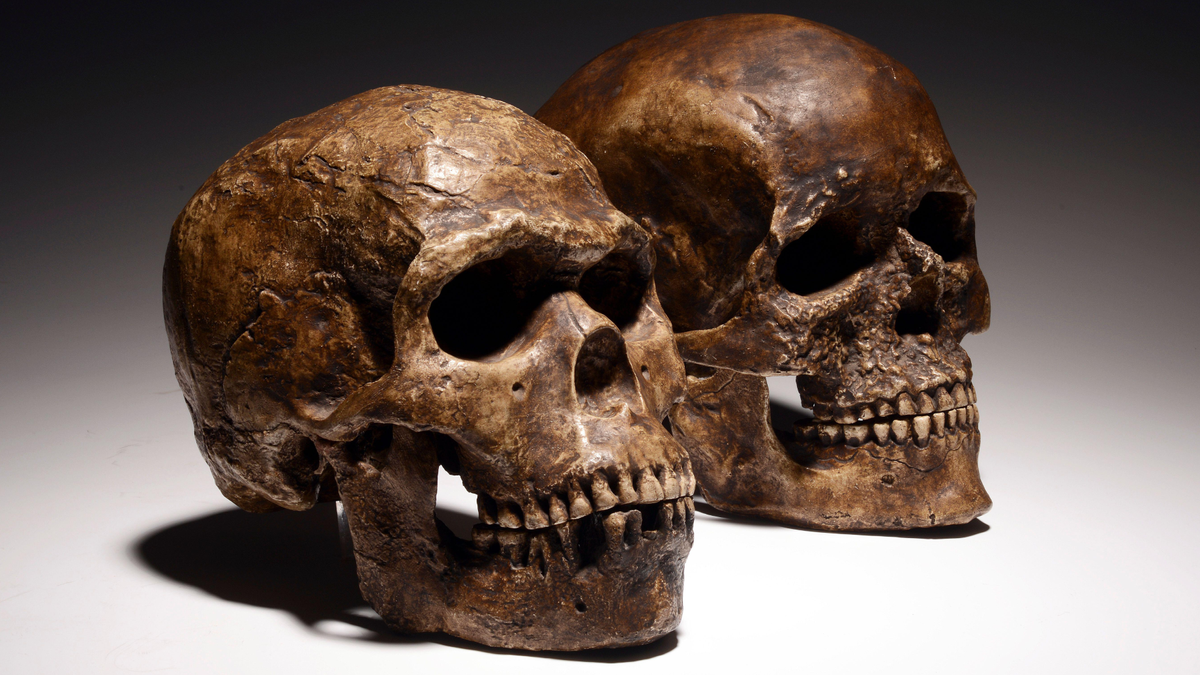Neanderthals' blood type may help explain their demise, new study finds

Evolution of Red Blood Cells and the Fate of Neanderthals
Neanderthals: A Rare and Dangerous Blood Type
Imagine a time when humans and Neanderthals shared the planet. A new study reveals a fascinating chapter in their evolutionary saga, centered around a peculiar blood group that may have played a pivotal role in the fate of the Neanderthals.
By analyzing ancient DNA, researchers discovered that Neanderthals possessed a rare blood type that could have been a deadly threat to their infants. This type, known as RhD, is incompatible with the Rh variants found in early humans and Denisovans.
The Deadly Risk of Inbreeding
"Inbreeding between Neanderthal females and Homo sapiens or Denisova males posed a high risk of hemolytic disease of the newborn," explains Stépane Mazieres, lead author of the study. This condition can lead to catastrophic consequences for newborns, including jaundice, brain damage, and even death.
The Power of Adaptation
In contrast to Neanderthals, early humans underwent a rapid evolution in their red blood cells, giving rise to diverse Rh variants. Mazieres speculates that this adaptation may have been triggered by population growth and the changing environments they encountered as they left Africa. New blood types may have provided an advantage in these novel surroundings.
The Tale of Two Lineages
The researchers' findings paint a vivid picture of the contrasting evolutionary paths of humans and Neanderthals. While early humans diversified their red blood cells, Neanderthals remained rooted in their ancestral Rh variants, perhaps hindered by their relatively isolated lifestyle. This lack of genetic diversity could have contributed to their eventual decline and extinction.
A Window into the Past
This research delves into the complexities of human evolution, shedding light on the intricate genetic factors that shaped our ancestors' lives and the reasons why some thrived while others vanished into history.